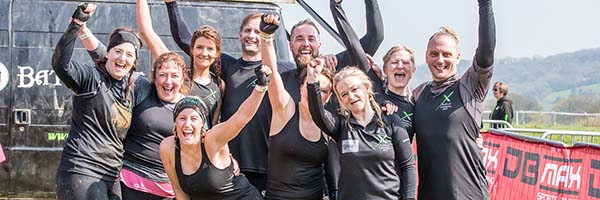Obstacle Course Racing (OCR) is a sport that tests endurance, strength, speed and agility. It pushes participants to their limits, challenging them with a variety of obstacles that require climbing, lifting, running, and sometimes swimming. While the sense of achievement in completing an OCR event is unparalleled, the physical demands can also lead to injuries if proper care isn’t taken. This article will explore common OCR injuries, prevention strategies, post-race recovery tips, and when it’s crucial to seek professional help.
Common OCR Injuries and Their Causes
OCR participants often face a range of injuries, primarily due to the varied nature of the obstacles. The most common injuries include:
- Ankle Sprains: Occur due to uneven terrain or landing awkwardly from a jump
- Wrist and Hand Injuries: Can result from falls or while navigating obstacles that require upper body strength
- Knee Injuries: Including tears in the ACL or MCL, often due to high-impact landings or twisting movements
- Muscle Strains: Especially in the calves and hamstrings, are common due to the running and climbing aspects
- Cuts and Abrasions: Due to the outdoor environment and physical obstacles
- Injury Prevention Strategies
Training Adaptation
A well-rounded training regimen that includes building a solid endurance base, strength training, flexibility exercises, and specific obstacle technique training like grip strength development can help prepare the body for the demands of OCR.
Proper Gear
Wearing the right gear, such as shoes with adequate grip and protection, can significantly reduce the risk of injuries like ankle sprains.
Technique Focus
Proper technique is crucial, not only for performance but for injury prevention. Practicing obstacle techniques in a controlled environment can reduce the risk of injury during a race.
Rest and Recovery
Adequate rest between training sessions allows the body to recover and repair, reducing the risk of overuse injuries.
Post-Race Recovery Tips
- Active Recovery – Gentle exercises like walking or light stretching the day after the race can enhance circulation and aid in the recovery process
- Nutrition and Hydration – Replenishing fluids and nutrients after the race is crucial. Focus on meals rich in protein, vitamins, and minerals to aid in muscle repair and recovery
- Ice and Compression – Using ice packs on sore or swollen areas and wearing compression garments can help reduce inflammation and speed up recovery
- Sleep – Quality sleep is one of the most powerful recovery tools, promoting muscle repair and overall recovery
- Physical Therapy Exercises – Incorporating specific physical therapy exercises can strengthen vulnerable areas, improving resilience against injuries. Exercises like balance training for ankle stability, wrist and forearm strengthening exercises, and knee-strengthening exercises like squats and lunges can be beneficial
Injury: When to Seek Professional Help
While minor aches and pains can be normal after an OCR event, certain symptoms should prompt a visit to a healthcare professional:
- Persistent Pain: Pain that doesn’t improve with rest and over-the-counter pain relief
- Swelling: Significant swelling that doesn’t reduce with ice and elevation
- Limited Mobility: Difficulty moving a joint through its full range of motion.
- Numbness or Tingling: Could indicate nerve damage or a more serious injury
Seeking early intervention from a sports medicine specialist or physical therapist can prevent minor injuries from becoming chronic problems.
Recovery and injury prevention in obstacle cours racing
While OCR is inherently challenging and somewhat risky, adopting a proactive approach to injury prevention and recovery can significantly reduce the likelihood of injuries. Incorporating proper training, gear, technique, and recovery strategies into your regimen ensures not just better performance but also longevity in the sport. Remember, listening to your body and seeking professional advice when necessary is key to a safe and enjoyable OCR experience.
Back to Blog



